The pine processionary caterpillar, also known as the pine processionary caterpillar, is an insect that harms pine trees and other conifers. It is named so because it marches in a single file column. The processionary caterpillars come down from pine trees from February to April each year and are mainly found in areas with pine trees. Rather than being a benefit, the relationship between processionary caterpillars and dogs, as well as humans, is a health risk that can cause serious problems.
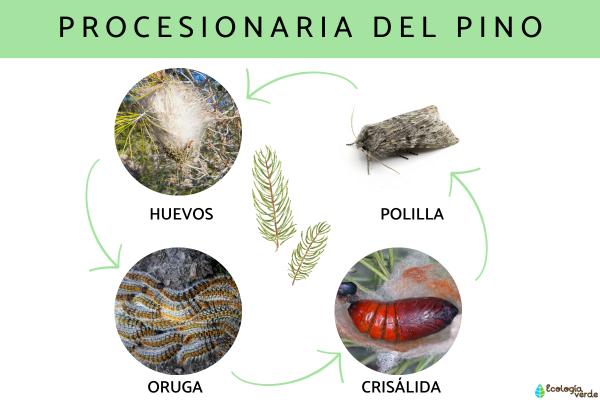
What Is the Pine Processionary and Its Main Features
When Does the Processionary Caterpillar Descend?
Main Habitats of the Pine Processionary
Life Cycle of the Processionary Caterpillar
Nest Characteristics
Risks of the Pine Processionary
Temperature Sensitivity
Treatment and Control Methods
Processionary vs. Meadow Caterpillar
The pine processionary (Thaumetopoea pityocampa) is a species of moth whose caterpillar is a major defoliating pest of pine trees and other conifers in Southern Europe, Asia Minor, and North Africa. It is especially problematic in Mediterranean pine forests.
It feeds on various species from the Pinus, Cedrus, and Abies genera, with a preference for pines, especially black pine.
Caterpillars move in distinctive single-file "processions," giving the insect its name.
The larvae are covered with urticating (stinging) hairs containing the toxin Thaumatopina, which can cause severe reactions in humans and animals.
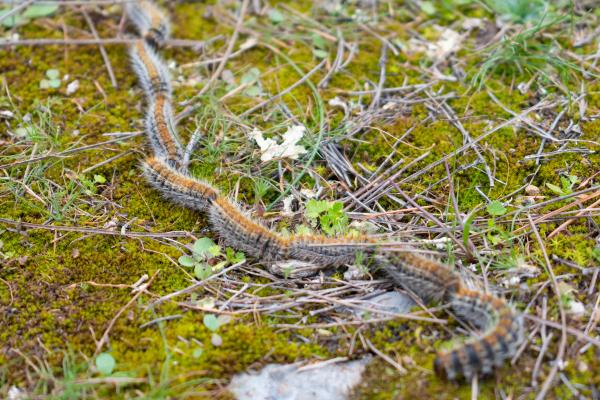
Caterpillars hatch in September-October but only descend from the trees from February to April, moving in processions to find a place in the soil to pupate. In some regions, due to climate change, this descent may start earlier.
This species thrives wherever pines grow, including forests, urban parks, and landscaped areas. Urban pine trees are especially vulnerable, making city parks and gardens common infestation sites.
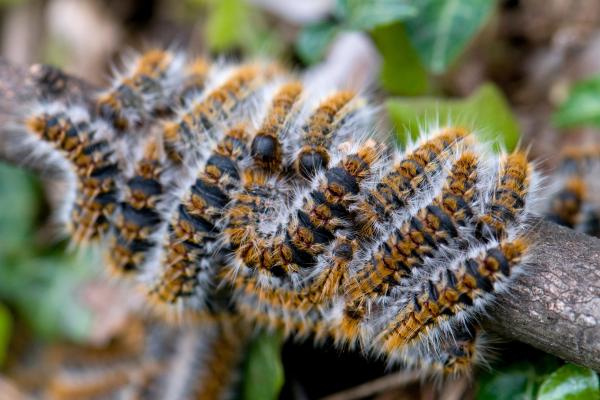
Adult Stage: Moths emerge from the soil at dusk in July-August, mate, and the females lay eggs on pine needles, dying soon after.
Egg Stage: Eggs hatch after 30-40 days, usually in September-October.
Larval Stage: Caterpillars feed on needles and spend the winter in silky nests on tree branches.
Pupation: In late winter or early spring (Feb-Apr), mature larvae leave the nests in processions, descend the trunk, and burrow into the soil to pupate, emerging as moths in summer.
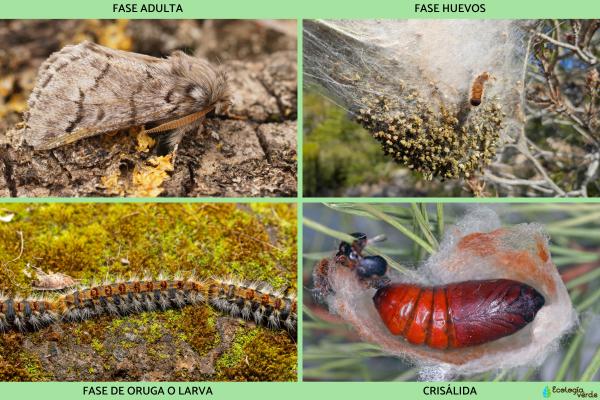
Pine processionary nests are silky, white or gray structures, resembling cotton balls, built at branch tips. These nests provide thermal insulation and protection, allowing caterpillars to survive cold winters.
The hairs of the caterpillar contain toxins that can cause severe allergic reactions in humans and pets, especially dogs. Symptoms include skin rashes, swelling, respiratory distress, and in animals, severe oral and eye irritation. The risk remains even without direct contact, as the hairs can become airborne.
Prolonged exposure to temperatures below -12°C to -15°C can be lethal, but nests help insulate the larvae.
Prolonged heat above 40-45°C can also be fatal, especially during pupation.
Chemical Control: Application of insecticides (pyrethroids) by professionals, sprayed on trunks or foliage.
Biological Control: Use of Bacillus thuringiensis in autumn against young larvae—safe for the environment and effective.
Physical Removal: Manual removal and burning of nests; installation of physical barriers (collars) around trunks to stop larvae descending.
Ecological Control: Encourage natural predators such as titmice, ants, wasps, bats, and dormice.
Homemade Traps: Reusable traps are available for monitoring and reducing local populations.
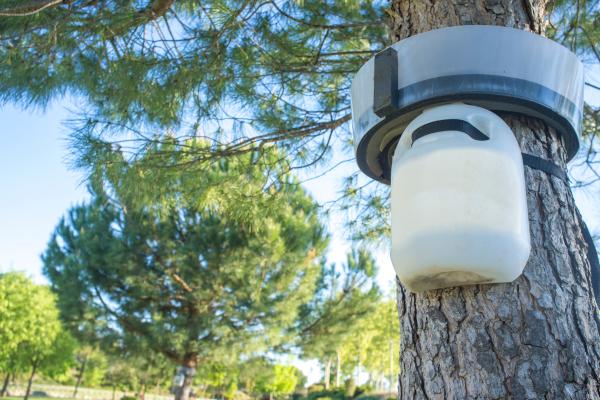
Pine Processionary: Urticating (stinging) hairs, feeds on pines/cedars, visible in winter/spring, forms visible nests, moves in processions.
Meadow Caterpillar (Ocnogyna baetica): Non-urticating, feeds on grasses, solitary or in small groups, does not form nests or processions, seen in spring/summer.
Now you know the key facts about the pine processionary’s season, habitats, dangers, and how to control it. For more, check out our articles on home remedies and in-depth pest management!
animal tags:
We created this article in conjunction with AI technology, then made sure it was fact-checked and edited by a Animals Top editor.